Debes estar logueado
-
WróćX
-
Componentes
-
-
Category
-
Semiconductores
- Diodos
- Tiristores
-
Módulos con aislamiento eléctrico
- Módulos con aislamiento eléctrico | VISHAY (IR)
- Módulos con aislamiento eléctrico | INFINEON (EUPEC)
- Módulos con aislamiento eléctrico | Semikron
- Módulos con aislamiento eléctrico | POWEREX
- Módulos con aislamiento eléctrico | IXYS
- Módulos con aislamiento eléctrico | POSEICO
- Módulos con aislamiento eléctrico | ABB
- Módulos con aislamiento eléctrico | TECHSEM
- Przejdź do podkategorii
- Rectificadores de puente
-
Transistores
- Transistores | GeneSiC
- Módulos SiC MOSFET | Mitsubishi
- Módulos SiC MOSFET | STARPOWER
- Módulos ABB SiC MOSFET
- Módulos IGBT | MITSUBISHI
- Módulos de transistores | MITSUBISHI
- Módulos MOSFET | MITSUBISHI
- Módulos de transistores | ABB
- Módulos IGBT | POWEREX
- Módulos IGBT | INFINEON (EUPEC)
- Elementos semiconductores de carburo de silicio (SiC)
- Przejdź do podkategorii
- Controladores de puerta
- Bloques de energía
- Przejdź do podkategorii
- Convertidores de corriente y tensión LEM
-
Componentes pasivos (condensadores, resistencias, fusibles, filtros)
- Resistencias
-
Fusibles
- Fusibles miniatura para circuitos electrónicos, serie ABC y AGC
- Fusibles tubulares de acción rápida
- Eslabones fusibles de retardo de tiempo con características GL / GG y AM
- Eslabones fusibles ultrarrápidos
- Fusibles de acción rápida (estándar británico y estadounidense)
- Fusibles de acción rápida (estándar europeo)
- Fusibles de tracción
- Eslabones fusibles de alto voltaje
- Przejdź do podkategorii
-
Condensadores
- Condensadores de motor
- Condensadores electrolíticos
- Condensadores de película
- Condensadores de potencia
- Condensadores para circuitos de CC
- Condensadores de corrección del factor de potencia
- Condensadores de alto voltaje
- Condensadores de calentamiento por inducción
- Condensadores de almacenamiento de energía y pulsos
- Condensadores de ENLACE CC
- Condensadores para circuitos AC/DC
- Przejdź do podkategorii
- Filtros EMI
- Supercondensadores
- Protección contra sobretensiones
- Filtros para detección de emisiones TEMPEST
- Pararrayos
- Przejdź do podkategorii
-
Relés y contactores
- Teoría de relés y contactores
- Relés semiconductores de CA trifásicos
- Relés semiconductores de CA trifásicos
- Reguladores, controles y accesorios
- Arranques suaves y contactores de inversión
- Relés electromecánicos
- Contactores
- Interruptores giratorios
-
Relés semiconductores de CA monofásicos
- Relés semiconductores CA monofásicos, serie 1 | D2425 | D2450
- Relés semiconductores CA monofásicos, series CWA y CWD
- Relés semiconductores CA monofásicos de las series CMRA y CMRD
- Relés semiconductores de CA monofásicos, serie PS
- Relés semiconductores de CA dobles y cuádruples, serie D24 D, TD24 Q, H12D48 D
- Relés de estado sólido monofásicos, serie gn
- Relés semiconductores de ca monofásicos, serie ckr
- Relés AC monofásicos SERIE ERDA Y ERAA para carril DIN
- Relés AC monofásicos para corriente 150A
- Relés dobles de estado sólido integrados con disipador de calor para carril DIN
- Przejdź do podkategorii
- Relés semiconductores CA monofásicos para PCB
- Relés de interfaz
- Przejdź do podkategorii
- Núcleos y otros componentes inductivos
- Radiadores, varistores, protecciones térmicas
- Aficionados
- Aire Acondicionado, Accesorios para Armarios Eléctricos, Neveras
-
Baterías, cargadores, fuentes de alimentación de búfer e inversores
- Baterías, cargadores - descripción teórica
- Baterías de iones de litio. Baterías personalizadas. Sistema de gestión de batería (BMS)
- Pilas
- Cargadores de baterías y accesorios
- Fuente de alimentación de respaldo de UPS y fuentes de alimentación de búfer
- Convertidores y accesorios para fotovoltaica
- Almacen de energia
- Celdas de combustible
- Baterías de iones de litio
- Przejdź do podkategorii
-
Automaticas
- Elevadores Spiralift
- Piezas para drones Futaba
- Finales de carrera, microinterruptores
- Sensores, transductores
- Pirometría
- Contadores, temporizadores, medidores de panel
- Dispositivos de protección industrial
- Señalización luminosa y sonora
- Cámara termográfica
- Pantallas LED
- Botones e interruptores
- Przejdź do podkategorii
-
Cables, alambres Litz, conductos, conexiones flexibles
- alambres
- Pasamuros y acopladores de cables
- cables Litz
-
Cables para aplicaciones especiales
- Los cables de extensión y compensación
- Cables para termopares
- Los cables de conexión a PT czyjnków
- Multicore cables temp. -60 ° C a + 1400 ° C
- cables de media tensión SILICOUL
- ignición alambres
- Los cables calefactores
- temp núcleo único. -60 ° C a + 450 ° C
- conductores de trenes
- El calentamiento de los cables en el Ex
- Przejdź do podkategorii
- camisas
-
trenzas
- trenzas planas
- trenzas ronda
- trenza muy flexible - plana
- trenza muy flexible - Ronda
- Copper cilíndrico trenzado
- Copper protector de la trenza y cilíndrica
- cintas de conexión flexibles
- Trenzas cilíndrico galvanizado y acero inoxidable
- Aislamiento de PVC trenzas de cobre - Temperatura 85 ° C
- aluminio trenzado plano
- Kit de conexión - trenzas y tubos
- Przejdź do podkategorii
- Accesorios para la tracción
- Terminales de cable
- barras flexibles aisladas
- carril flexible multicapa
- sistemas de gestión de cables
- Przejdź do podkategorii
- Zobacz wszystkie kategorie
-
Semiconductores
-
-
- Suppliers
-
Applications
- Accionamientos de CA y CC (inversores)
- Automatización HVAC
- Automatización industrial
- Automatización industrial
- Calentamiento por inducción
- Componentes para atmósferas potencialmente explosivas (EX)
- Dispositivos de protección industrial
- Energy bank
- Equipos para Armarios de Distribución, Control y Telecomunicaciones
- Fuentes de alimentación (UPS) y sistemas rectificadores
- Impresión
- Máquinas de soldar y máquinas de soldar
- Máquinas herramientas CNC
- Máquinas para secar y procesar madera
- Máquinas para termoformado de plásticos
- Medición y regulación de temperatura
- Medición y regulación de temperatura
- Minería, metalurgia y fundación
- Motores y transformadores
- Tracción de tranvía y ferrocarril
-
Instalación
-
-
Inductores
-
-
Dispositivos de inducción
-
-
Servicio
-
- Contact
- Zobacz wszystkie kategorie
¿Cómo cuidar las maletas y cajas de transporte para que duren años?

Cases and transport crates play a key role in protecting valuable equipment during transportation and storage. Whether used in the electronics, medical, photography, or industrial sectors, proper equipment protection is essential to ensure its safety and functionality.
Caring for cases and transport crates not only extends their lifespan but also protects the devices inside from damage, which could lead to costly repairs or replacements. High-quality materials used in the cases, such as antistatic plastics, stainless steel fittings, and sealing systems, significantly contribute to their resistance to external and chemical conditions.
In this article, we will introduce the variety of cases and transport crates available on the market, highlight the importance of their maintenance, and share practical tips to help keep them in excellent condition for many years. Proper use and maintenance of these products are key to ensuring their functionality and the safety of transported equipment.
Types of Cases and Transport Crates
Different types of cases and transport crates are tailored to the specific needs of industries and users, providing appropriate equipment protection in various conditions. Below, we describe the key types of these products, their features, and applications.
Portable Cases
Portable cases are versatile solutions that offer ease of transport and protection for stored items. They are handy and available in various sizes, making it possible to adapt them to the type of equipment they are meant to protect. They are ideal for transporting smaller tools as well as more delicate devices, such as medical apparatus or measuring instruments.
Transport Crates
Transport crates are more durable structures designed to carry large, often heavy devices, even over long distances. These types of crates are typically resistant to impact, dust, moisture, and other external factors. They provide maximum protection in challenging conditions, such as in industrial, military, and construction sectors, where equipment needs to be shielded from atmospheric and mechanical factors.
Equipment Cases
Cases dedicated to technical equipment are designed to provide additional protection as well as special compartments or inserts that stabilize contents and prevent items from shifting during transport. Suitable for carrying precision tools, cameras, medical devices, and other delicate instruments that require protection against shocks and impacts.
Wheeled Cases
Cases with wheels are a convenient solution, especially for transporting heavier equipment. Thanks to their mobility and sturdy construction, they are ideal for people who frequently move equipment over longer distances. The wheels are often reinforced to handle various surfaces, and telescopic handles increase ease of use.
Protective Cases
Protective cases are designed with extreme conditions and maximum equipment safety in mind. Using shock-resistant, corrosion-resistant materials that withstand chemicals and temperature changes, these cases protect their contents even in the toughest situations. For instance, protective cases for photography and video equipment safeguard valuable equipment from moisture and mechanical damage.
Industrial Cases
Industrial cases are specifically designed for transporting heavier equipment and tools used in industries like automation, energy, and electrotechnics. They are highly durable and resistant to extreme working conditions. For example, they can be used to carry measuring devices, workshop tools, as well as electronic and mechanical components.
Electronics Cases
Electronics cases feature additional properties such as antistatic qualities and moisture protection, which are crucial for safeguarding delicate electronic components. They often include special compartments or foam inserts that prevent components from shifting and minimize the risk of damage during transport.
Why is it important to care for transport cases and crates?
Transport cases and crates are an investment that serves to protect valuable equipment and facilitate its safe transportation. Regular maintenance and care for these products are essential for them to perform their function over many years, ensuring the safety of transported devices and optimizing operating costs. Below are key reasons why regular care for transport cases and crates is worthwhile.
Extending Longevity
Transport cases and crates, especially those made from advanced materials like antistatic and flame-retardant plastics, are designed to withstand harsh conditions. Regular maintenance—such as cleaning dirt, checking locks, and inspecting seals—helps maintain their durability and functionality. Attention to details, such as proper storage and avoiding contact with chemicals, prevents premature wear and damage. This care ensures that cases retain their protective properties and can be used for many years without needing replacement.
Equipment Protection
The main purpose of transport cases and crates is to provide maximum protection for stored devices. Proper maintenance—such as regular inspection of seals, pressure valves, and anti-vibration components—is essential to prevent damage to transported equipment. Tightness, waterproofing, and resistance to dust and impact depend on the case’s good technical condition, which is especially important for electronic equipment and delicate devices that may be vulnerable to moisture, dust, and shocks. By maintaining cleanliness in internal compartments and foam inserts, complete protection of the contents during transport can be ensured.
Cost Savings
Investing in high-quality cases and crates, such as Nanuk products available from DACPOL, aims for long-term equipment protection, which translates into real savings. Maintaining their technical condition helps avoid costs associated with premature replacement of the case itself or, worse, repairing damaged equipment. Care and storage according to manufacturer recommendations minimize the risk of malfunctions and extend the lifespan of cases. From a cost perspective, regular maintenance is a relatively small expense compared to the costs of purchasing a new case or replacing valuable equipment that might be damaged in a poorly maintained crate. Therefore, caring for transport cases and crates is not only practical but also cost-effective and eco-friendly, promoting the longevity of both the products and their contents.
Daily Care of Transport Cases and Crates
To ensure transport cases and crates serve well and provide full protection for transported devices, regular care is essential. Simple, daily actions like cleaning and checking the technical condition can help prevent potential problems and extend the lifespan of these products. Below are the basic rules for caring for transport cases and crates.
Regular Cleaning and Maintenance
Removing External Dirt: The surfaces of transport cases and crates are exposed to dust, dirt, and various chemicals, which can settle on their surface. Regularly wiping down surfaces with a clean, damp cloth or sponge is recommended. For more stubborn dirt, mild detergents can be used, while avoiding strong chemicals that could damage the protective coating.
Cleaning the Interior: The interior of cases, especially those for electronic equipment, should be cleaned regularly to prevent dust and other contaminants from accumulating. Removable foam inserts or organizers can be gently cleaned with a low-power vacuum or wiped with a damp cloth. For antistatic cases, special cleaning products designed for dust-resistant surfaces are recommended.
Maintenance of Seals and Valves: Seals and pressure-regulating valves in waterproof cases should be regularly inspected and cleaned to maintain their tightness. These elements can be gently wiped with a damp cloth, and if signs of drying are visible, a rubber care product can be applied to increase seal flexibility.
Inspection and Repair of Damage
Checking Locks and Hinges: Regularly inspecting locks, hinges, and clasps is crucial to ensure cases are always properly closed. If resistance is noticed when opening or closing, it’s worth cleaning the hinges and lightly lubricating them with a lubricant that doesn’t attract dirt.
Inspection of Moving Parts: For cases with wheels, regularly check the condition of the wheels and the telescopic handle. Cleaning the wheels with water and removing any dirt that might obstruct movement helps prevent excessive wear. It’s also good practice to ensure that handles are securely attached and function smoothly. Surface Damage Repair: Any cracks, scratches, or other surface damages can degrade the case's sealing and protective properties over time. Immediately securing any visible cracks with specialized sealing tapes or repair materials recommended by the manufacturer is advisable.
Regular maintenance of transport cases and crates is a small effort that keeps them in excellent condition, providing effective protection for valuable equipment. Daily care can help avoid costly repairs while extending the products' lifespan and functionality.
Storage of Transport Cases and Crates
Proper storage of transport cases and crates is essential for their longevity and effective equipment protection. By ensuring the right storage conditions and avoiding damage during transport, cases and crates remain fully functional, allowing for safe and convenient use over the years.
Proper Storage Conditions
Appropriate Temperature and Humidity: Cases, especially those made of plastics or containing delicate seals, are best stored in rooms with moderate temperature and low humidity. High humidity can affect the condition of the seals, and extreme temperatures can weaken material structures, especially antistatic and waterproof ones.
Protection from UV Radiation: UV radiation can weaken the materials from which cases and crates are made, leading to discoloration and loss of flexibility. Storing them in shaded areas or closed cabinets prevents premature material aging.
Stable Position and Avoiding Overloading: Cases and crates should be stacked in a stable manner, ideally upright or flat, depending on their shape and construction. Avoiding stacking cases on top of each other reduces the risk of deformation of lower cases due to weight. It’s also advisable to prevent sharp or heavy items from resting on top to avoid structural damage.
Avoiding Damage During Transport
Securing Against Shifting: During transport, especially by car or air, cases and crates should be secured to prevent free movement. This can be achieved with securing straps or special brackets, ensuring the case contents won’t shift or get damaged.
Using Wheeled Cases on Smooth Surfaces: Wheeled cases should be guided over smooth surfaces to avoid unnecessary strain on the wheels and mounts. Transporting them over uneven terrain risks damaging both the wheels and the case’s bottom.
Protection from Shocks and Impacts: When transporting delicate equipment, additional protective materials, such as foam inserts, should be used to cushion shocks and vibrations. These foams are also effective for securing the interior of cases and crates, especially when carrying delicate electronics or photographic equipment.
Proper storage and attention to securing cases during transport are essential practices for keeping transport cases and crates in optimal condition. Proper care prevents damage that could reduce their effectiveness in equipment protection, providing assurance that transported devices will always arrive safely at their destination.
Tips for Different Types of Cases
Portable Cases for Electronic Equipment
Models: MultiPad™ Syncit USB 16, MultiPad™ Moveit 16, MultiPad™ Moveit 32, MultiPad Juiceit 16 V2 Mains, MultiPad Juiceit 16 V2 Mains Basketcase, Multipad JuiceIt 8
Dust and Moisture Protection: Regularly clean the interior to prevent dust accumulation, which could damage electronic components, particularly USB ports. Avoid overloading: Be cautious not to overload cases for electronics, as this helps maintain the integrity of locks and closures and protects cables and connectors.
Waterproof Portable Cases
Models: Nano Nanuk Cases, Small Nanuk Cases, Medium Nanuk Cases, Large Nanuk Cases
Seal and Pressure Valve Maintenance: Preserve the waterproof properties of Nanuk models by regularly inspecting seals and pressure valves. Clean and flexible seals prevent moisture infiltration.
Care After Contact with Saltwater: If the case has come into contact with saltwater, rinse the exterior with fresh water to prevent corrosion and salt buildup.
Wheeled Cases for Transporting Electronic Devices
Models: Nanuk Wheeled Cases
Wheel and Handle Maintenance: Regularly clean and lubricate the wheels to avoid blockage and ensure the telescopic handle operates smoothly.
Caution on Uneven Surfaces: Avoid dragging the case over rough or uneven surfaces to extend the lifespan of the wheels and protect the case bottom.
Durable Transport Cases for Fragile Equipment
Models: MILEX 19" Series Transport Cases, STANEX Transport Cases
Internal Reinforcement: Secure delicate equipment in the MILEX and STANEX series with additional foam inserts that absorb shocks.
External Surface Care: Protect MILEX and STANEX cases during transport to prevent scratches and surface damage.
Protective Cases for Photography and Video Equipment
Models: Nanuk Protective Cases
Temperature and Humidity Control: Store photography cases with desiccants to prevent moisture condensation, which is crucial for protecting cameras and video equipment.
Interior Organization Tips
Using Dividers and Organizers: Utilize available dividers and organizers for Nanuk cases to securely position equipment inside, preventing it from shifting during transport.
Waterproof Cases for Computer Equipment
Models: Nanuk Waterproof Cases, KOOLEX Temperature Control Enclosures
Protection from Moisture and Dust: Maintain the waterproof integrity of Nanuk and KOOLEX models by caring for seals and pressure valves.
Internal Insulation: Add foam padding when storing computer equipment to prevent vibrations and movement within the case.
Outdoor-Resistant Transport Cases
Models: EXO Case, Rack Case, Flight Cases
Protection Against Extreme Temperatures and Humidity: Store these models away from direct sunlight and moisture to minimize the impact of external factors.
Reinforcements for Tough Conditions: EXO Case, Rack Case, and Flight cases are designed for heavy-duty use — regular cleaning and exterior maintenance keep them in optimal condition.
Additional Maintenance and Protection Recommendations
Proper care for transport cases, especially those used frequently or in harsh conditions, requires not only standard cleaning and inspections but also advanced practices. Below are additional recommendations to help maintain the full functionality and durability of cases.
Seal Maintenance: Waterproof models like Nanuk and KOOLEX require regular seal monitoring. Replacement every few years, or sooner if signs of wear appear, is recommended to maintain moisture and dust resistance.
Lock and Mechanism Care: Cases equipped with TSA locks or other specialized mechanisms, such as Nanuk models, should have locks regularly lubricated and cleaned. This prevents lock jamming, especially important when cases are frequently opened and closed.
Air Travel-Ready Cases: Rack Cases and Flight cases, designed for air travel, require additional protection when in checked baggage. For these cases, using extra securing straps and protective covers is recommended to reduce the risk of accidental damage during loading and unloading and maintain the exterior surface in pristine condition.
Following these additional recommendations will enhance the protection of your cases and their contents, no matter the conditions of use.
Conclusion
Caring for transport cases is not only about appearance but also about ensuring the safety and longevity of the stored equipment. Regular maintenance, proper storage, and adherence to manufacturer guidelines, like those from Nanuk, can significantly improve the durability of these products.
Portable cases, transport boxes, and accessories offered by DACPOL combine high quality, functionality, and reliability. With years of experience and partnerships with renowned manufacturers, DACPOL provides a wide range of products to meet various user needs—from professionals to hobbyists.
We encourage you to explore our offerings and discover a wide selection of cases, boxes, and accessories that will help secure your equipment effectively. Whether you're transporting delicate electronic equipment or need robust storage solutions for tools, DACPOL is a partner you can rely on. Take care of your cases and leverage DACPOL’s experience to ensure the best protection for you and your equipment for years to come.
Productos relacionados
Publicaciones relacionadas
 Thermally conductive materials in power storages
Thermally conductive materials in power storages
 Measuring power and energy in electric circuits
Measuring power and energy in electric circuits
 Wentylatory przemysłowe - rodzaje, właściwości
Wentylatory przemysłowe - rodzaje, właściwości






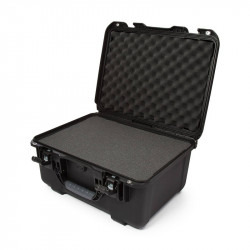

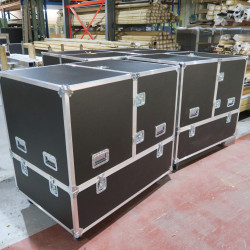


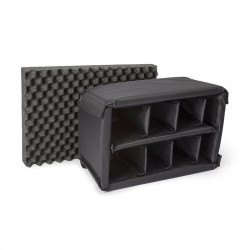


















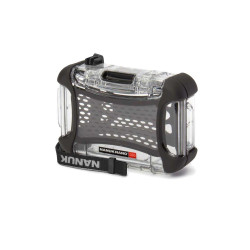



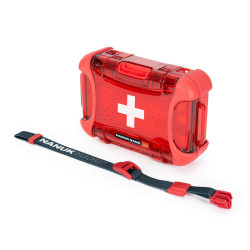
















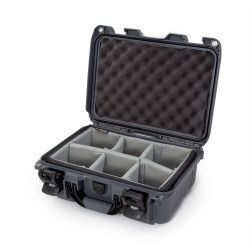



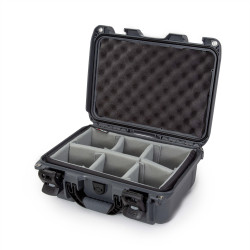







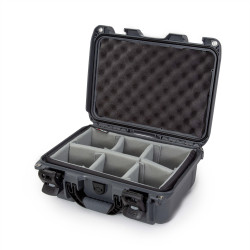












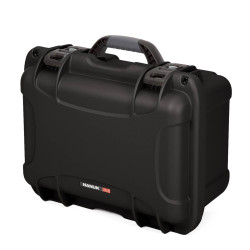



























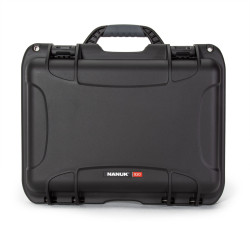



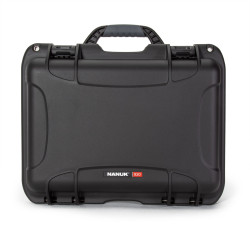






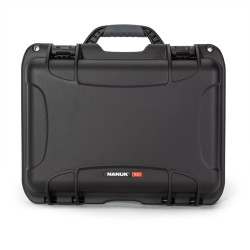














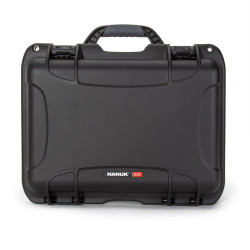





















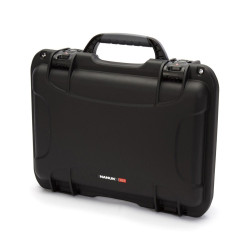
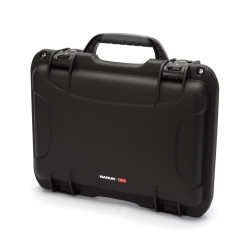
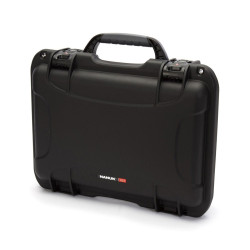









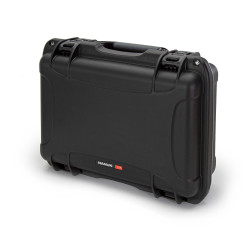













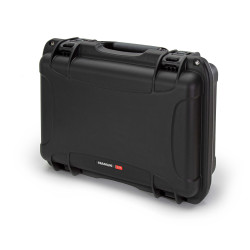









































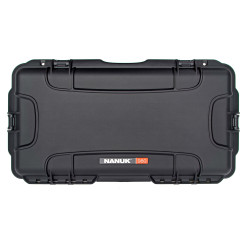
















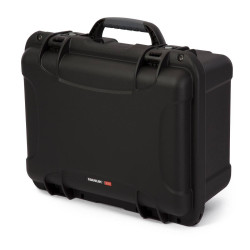







































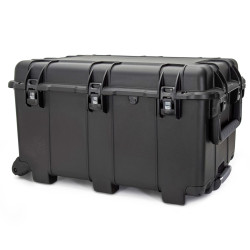





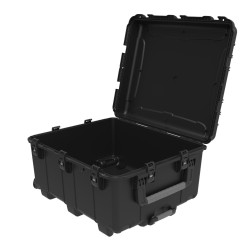

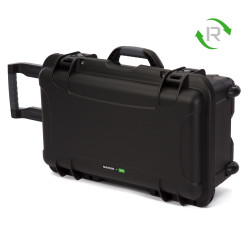






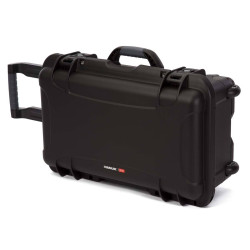

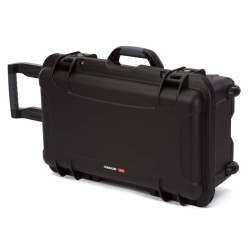
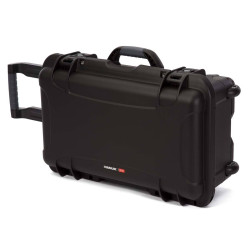

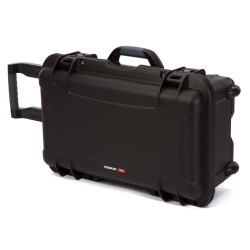




























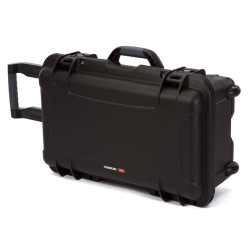






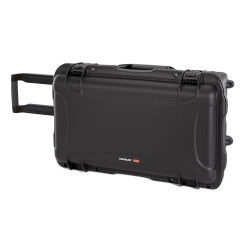
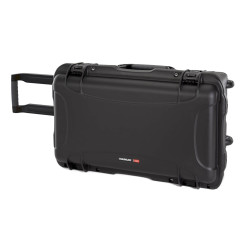
























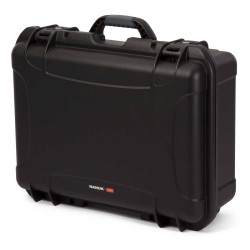











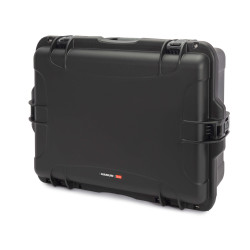





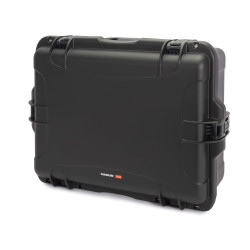

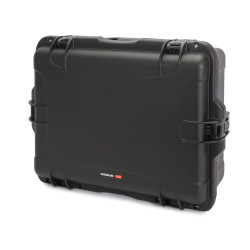






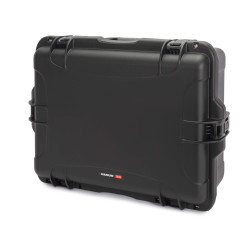
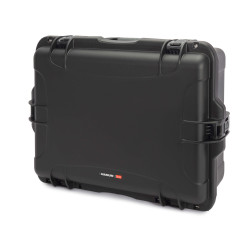






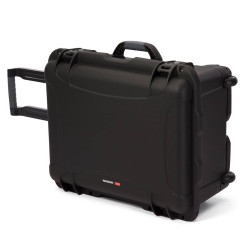







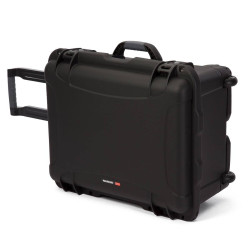








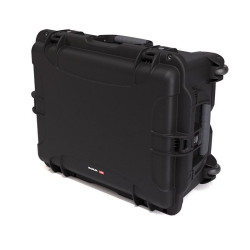




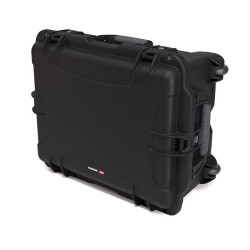

















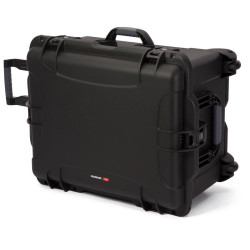







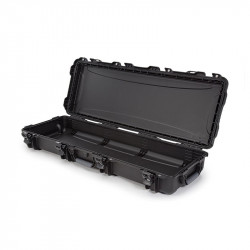









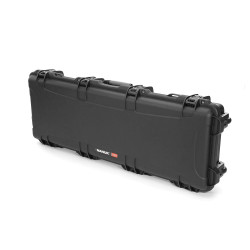
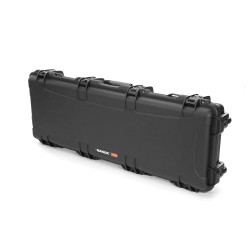
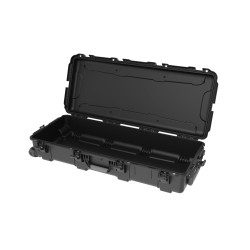

















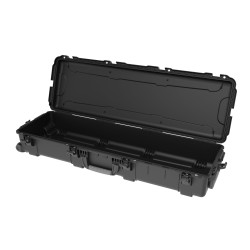




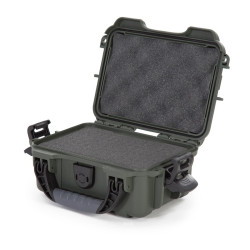



















































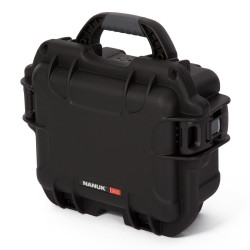
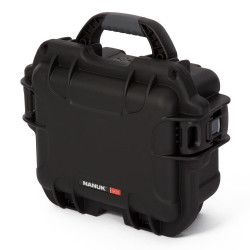




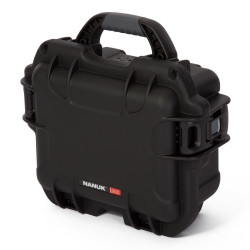














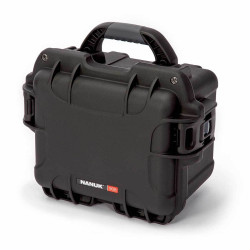










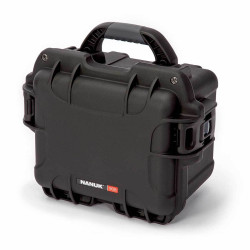






































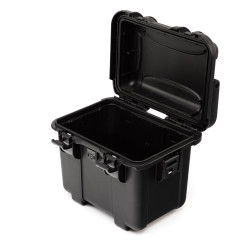









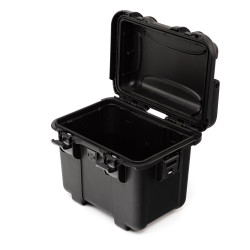


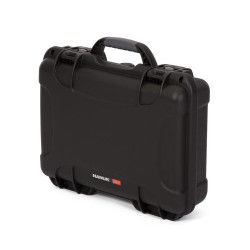




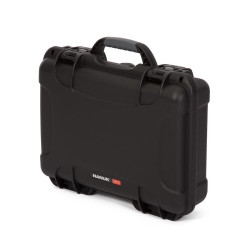














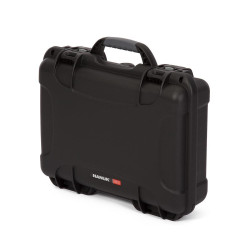









Deja un comentario